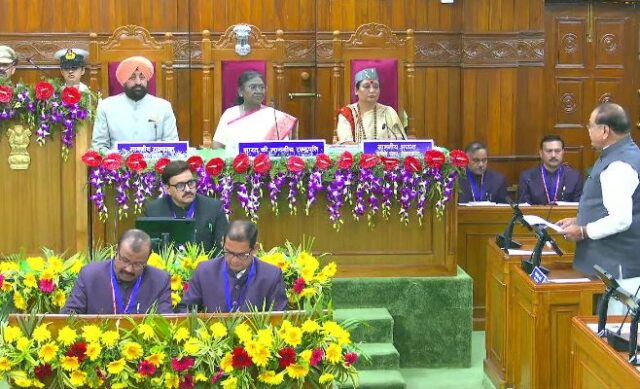Range of Agni-5 ballistic missile increased, now it can hit targets more than 7,000 km away

Days after the successful tests of the nuclear-capable Agni-5 ballistic missile, India has now developed the capability to hit targets beyond a range of 7,000 km. Defense sources said that the Defense Research and Development Organization (DRDO) has been able to reduce the weight of the Agni-5 missile by replacing the steel material with composite material.
“The weight reduction in the missile system is more than 20 per cent and if the government wants, the nuclear capable strategic missile can go beyond 7,000 km,” the sources said. Sources gave the example of Agni-III, which weighs around 40 tonnes and can hit targets 3,000 km away, but Agni-IV, which weighs a little over 20 tonnes, can cover much longer distances. The extended range of the missile, which is part of the Strategic Forces Command, will give planners a variety of options in times of conflict.
India’s nuclear weapons program is primarily for defense against its adversaries including China and Pakistan because of its no-first-use policy. It is strengthening the second strike capability and is also working on the development of a submarine-launched ballistic missile. Sources said the decision to test the new maximum possible range of the missile is for the government to take.
India on Thursday successfully conducted the night test of Agni-5 nuclear capable ballistic missile with a full range of 5400 km. The test was conducted to validate new technologies and equipment on the missile which is now lighter than before. In October last year, India successfully test-fired Agni-5, a surface-to-surface ballistic missile, from APJ Abdul Kalam Island in Odisha.
The defense ministry said in a statement that the missile, which uses a three-stage solid fueled engine, is capable of hitting targets up to 5,000 km with high accuracy. The ministry had said that the successful test of Agni-5 is in line with India’s stated policy of ‘Credible Minimum Deterrence’, which underlines its commitment to ‘No First Use’. In June 2018, India successfully test-fired Agni 5 for the first time from Dr APJ Abdul Kalam Island (Wheeler Island).







